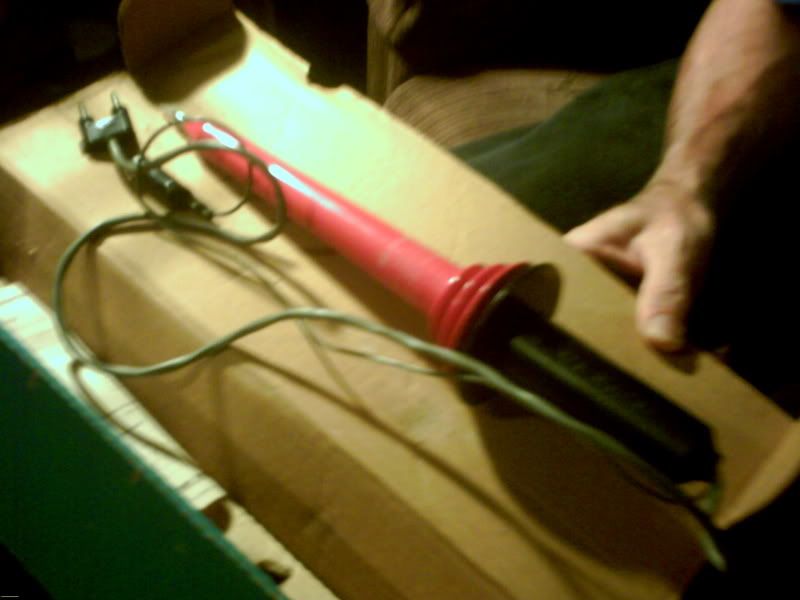Mart,
I already tried a high power solid state relay. I used my function generator to pulse it. It did not work well, I could not get more than about 15Hz, because after that the light just goes off. I suppose that this is because the relay has long rise/fall times.
I already tried a high power solid state relay. I used my function generator to pulse it. It did not work well, I could not get more than about 15Hz, because after that the light just goes off. I suppose that this is because the relay has long rise/fall times.








Comment